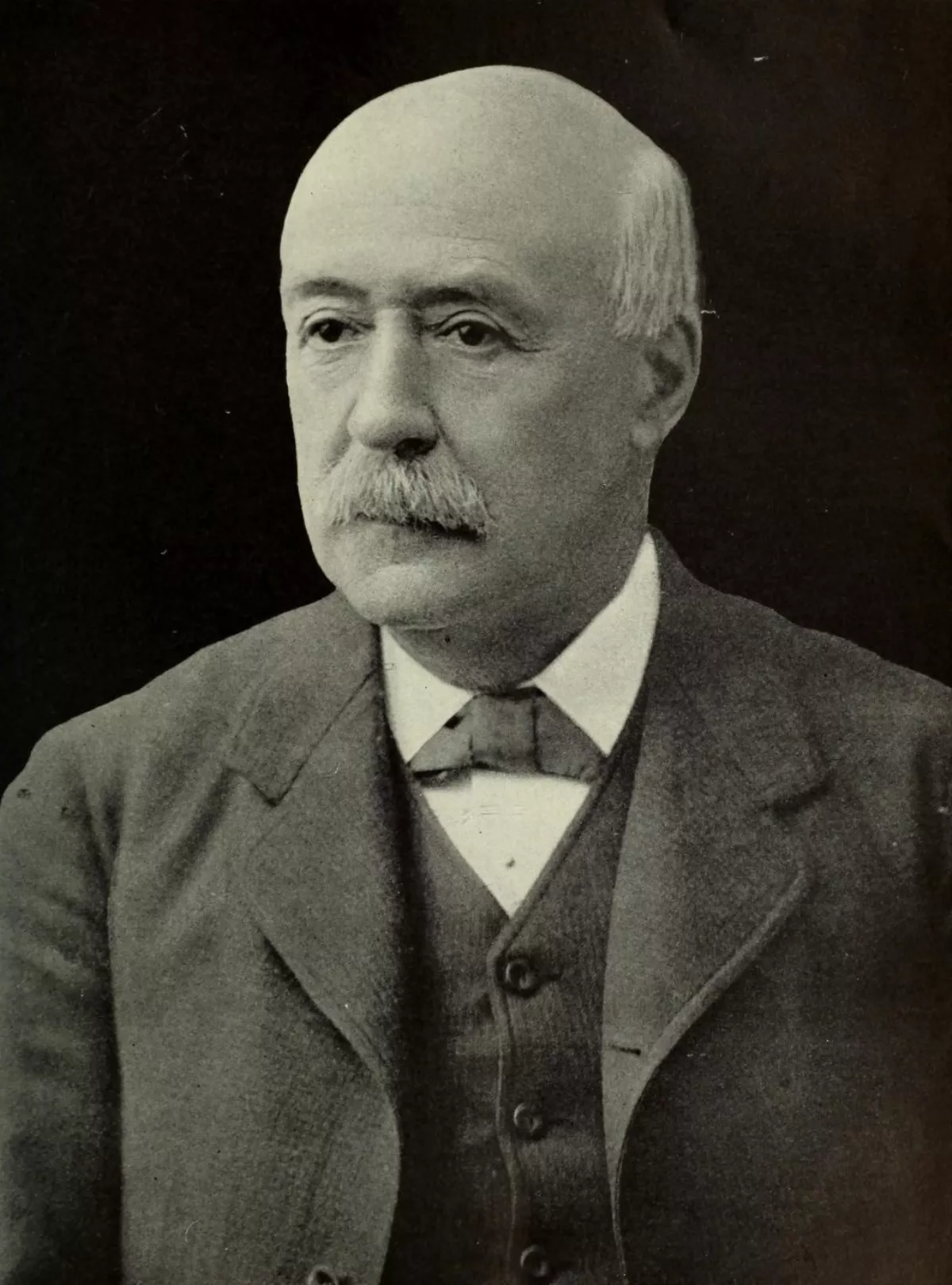 1.
1. Alexander Emmanuel Rodolphe Agassiz, son of Louis Agassiz and stepson of Elizabeth Cabot Agassiz, was an American scientist and engineer.

 1.
1. Alexander Emmanuel Rodolphe Agassiz, son of Louis Agassiz and stepson of Elizabeth Cabot Agassiz, was an American scientist and engineer.
Alexander Agassiz graduated from Harvard University in 1855, subsequently studying engineering and chemistry, and taking the degree of Bachelor of Science at the Lawrence Scientific School of the same institution in 1857; in 1859 became an assistant in the United States Coast Survey.
Alexander Agassiz was elected a Fellow of the American Academy of Arts and Sciences in 1862.
Up until the summer of 1866, Alexander Agassiz worked as assistant curator in the museum of natural history that his father founded at Harvard.
Alexander Agassiz returned to the mines in March 1867, with his wife and young son.
Alexander Agassiz continued to live at Calumet, making gradual progress in stabilizing the mining operations, such that he was able to leave the mines under the control of a general manager and return to Boston in 1868 before winter closed navigation.
Alexander Agassiz was a major factor in the mine's continued success and visited the mines twice a year.
Alexander Agassiz innovated by installing a giant engine, known as the Superior, which was able to lift 24 tons of rock from a depth of 1,200 metres.
Alexander Agassiz built a railroad and dredged a channel to navigable waters.
Shortly after the death of his father in 1873, Alexander Agassiz acquired a small peninsula in Newport, Rhode Island, which features views of Narragansett Bay.
In 1896, Alexander Agassiz visited Fiji and Queensland and inspected the Great Barrier Reef, publishing a paper on the subject in 1898.
Alexander Agassiz received the German Order Pour le Merite for Science and Arts in August 1902.
Alexander Agassiz died in 1910 on board the RMS Adriatic en route to New York from Southampton.
Alexander Agassiz is commemorated in the scientific name of a species of lizard, Anolis agassizi, and a fish, Leptochilichthys agassizii.